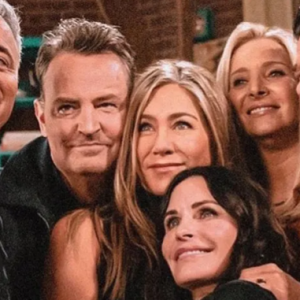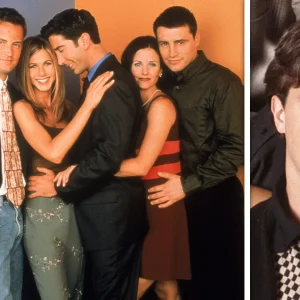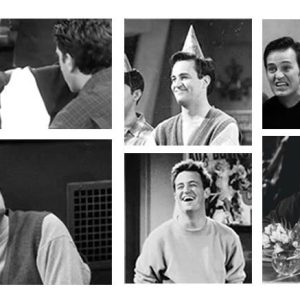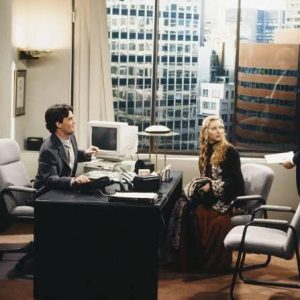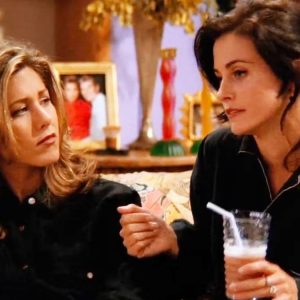Monica Geller, one of the beloved characters from the iconic television series “Friends,” is known for her culinary skills and aspirations.
In the modern setting of the show, she is a successful chef with a passion for cooking and a highly competitive spirit. However, considering the historical context of the 1950s, one might wonder how a character like Monica would have fared in that era’s culinary world. This essay explores the challenges and opportunities women faced in the culinary arts during the 1950s and examines whether Monica Geller would have been able to achieve her prestigious status as a chef.
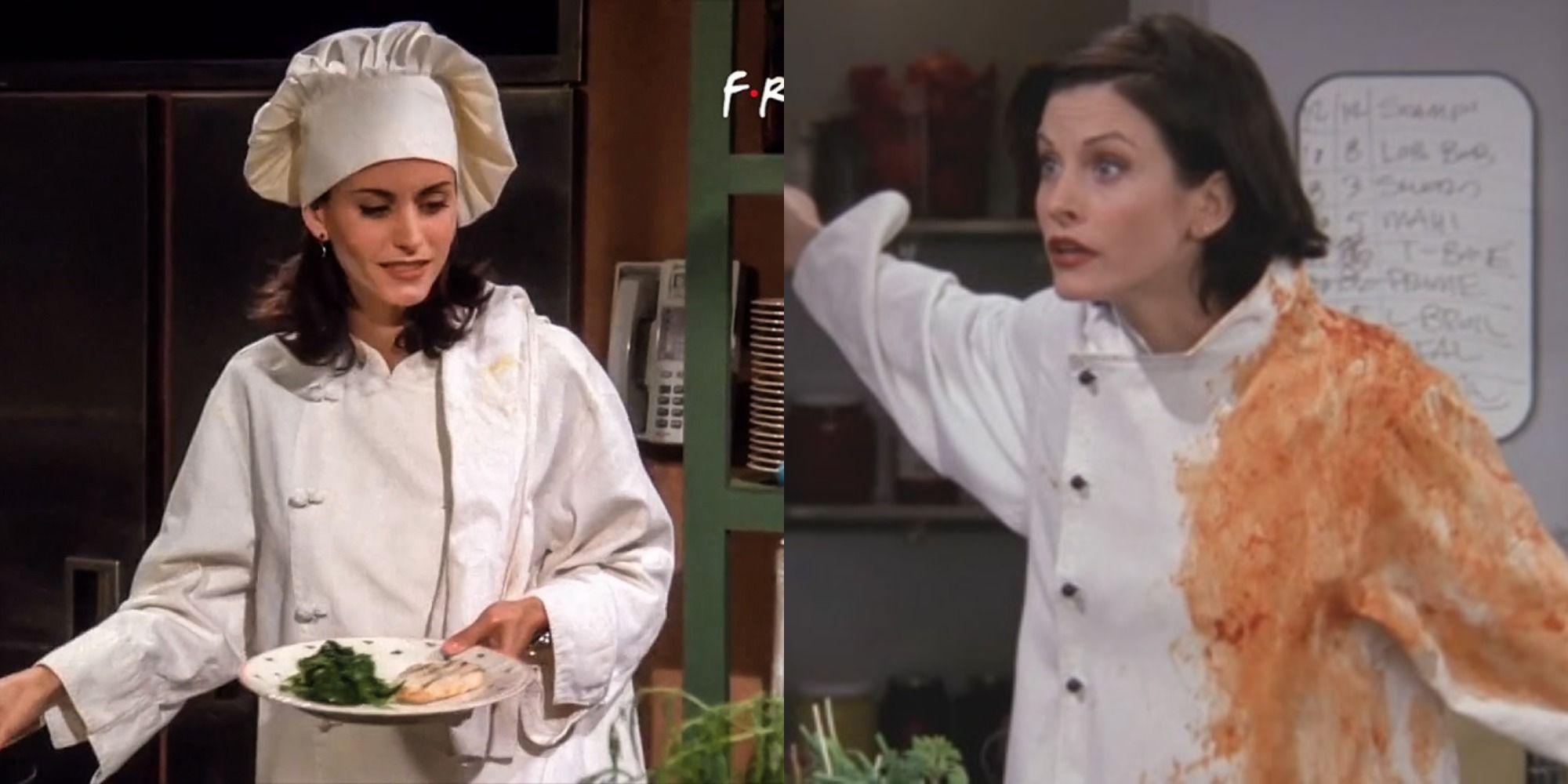
The 1950s were a period of significant social and cultural change in the United States, but the culinary arts remained a largely male-dominated field, especially in prestigious and high-profile positions. Professional kitchens, particularly those in top restaurants and hotels, were generally male bastions. The idea of a woman achieving the rank of a prominent chef was quite rare. Women in culinary roles during this period were often relegated to less prestigious positions, such as home economics teachers, catering businesses, or roles in less formal dining establishments.
Culinary arts schools and formal training programs were also predominantly male-oriented. While women were involved in cooking and food preparation in domestic settings, the path to becoming a professional chef in high-status restaurants was fraught with barriers. The traditional gender roles of the time often limited women’s opportunities in professional kitchens, where they were frequently excluded from key positions or high-level culinary training.
Given Monica Geller’s drive, passion, and talent for cooking, it is interesting to speculate how she might have navigated the 1950s culinary landscape. Her character in “Friends” demonstrates a high level of skill and ambition, qualities that would have been valuable in any era. However, in the 1950s, Monica would have faced several significant obstacles:
Gender Bias and Opportunities: In the 1950s, women aspiring to become chefs would have encountered substantial gender bias. Opportunities for women in professional kitchens were limited, and achieving a prestigious status would have been even more challenging. Monica’s exceptional talent might have allowed her to secure a position, but climbing to the top would have required overcoming significant societal and institutional barriers.
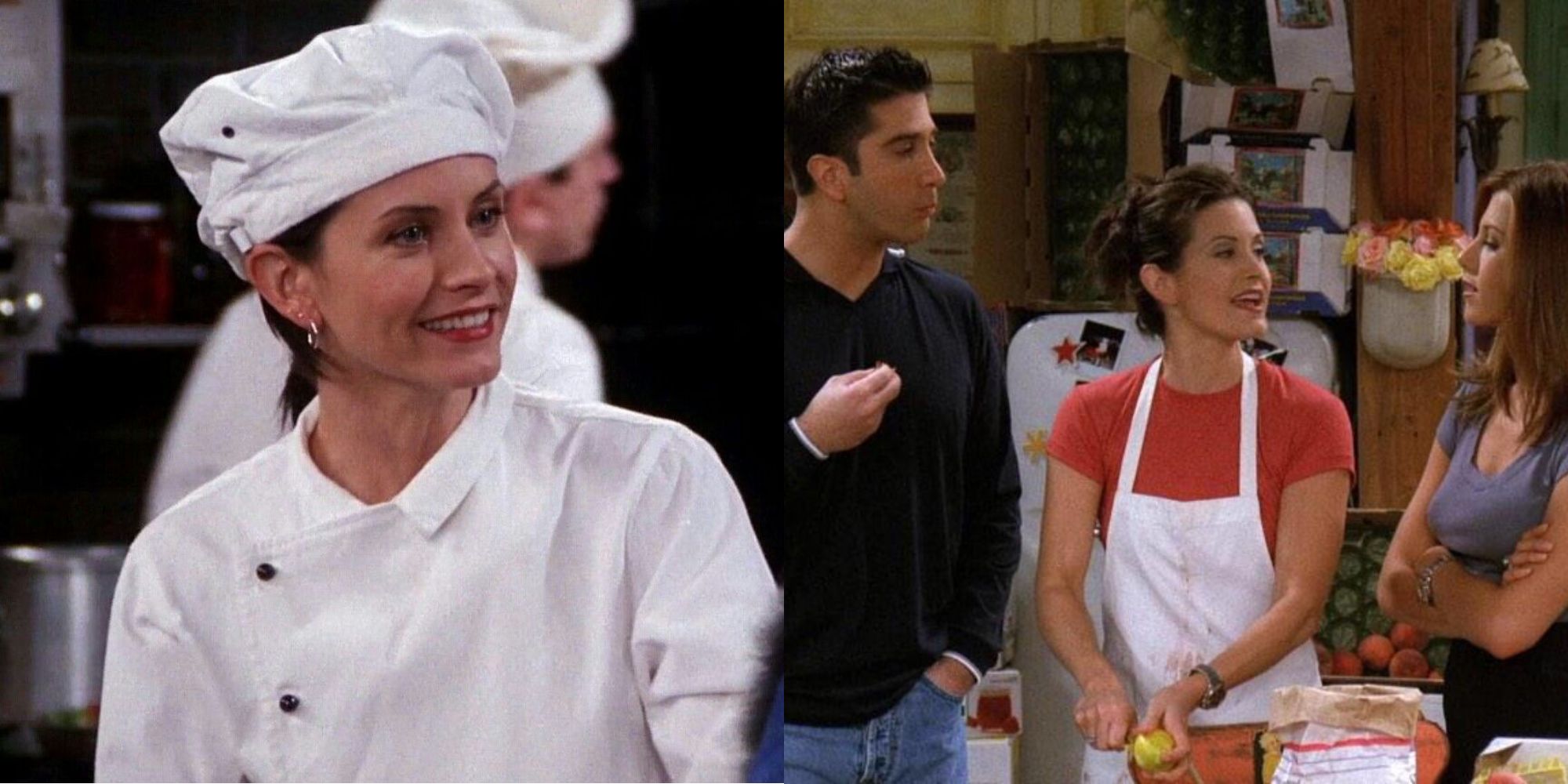
Educational and Training Limitations: Culinary schools and formal training programs were not as accessible or welcoming to women in the 1950s. Monica’s ambition might have driven her to seek out alternative training methods, such as apprenticeships or learning from experienced chefs in less formal settings. Despite her determination, gaining recognition and respect in a male-dominated industry would have been an uphill battle.
Social Expectations: The societal expectations of women in the 1950s often centered around domestic roles rather than professional careers. Monica’s career ambitions would have likely been met with skepticism and resistance from both society and family. Overcoming these social expectations would have required not only exceptional skill but also immense resilience and determination.
While Monica Geller’s talent and ambition as a chef would undoubtedly shine through in any era, the 1950s presented a particularly challenging environment for women aspiring to prestigious culinary careers. The professional culinary world of the time was characterized by gender bias and limited opportunities for women, making Monica’s path to becoming a renowned chef significantly more difficult.
However, her determination and passion for cooking might have enabled her to make a mark, even if it required navigating a complex and restrictive landscape. In the context of the 1950s, Monica Geller’s journey would have been one of breaking barriers and defying expectations, highlighting both the progress made since then and the ongoing challenges faced by women in the culinary arts.
